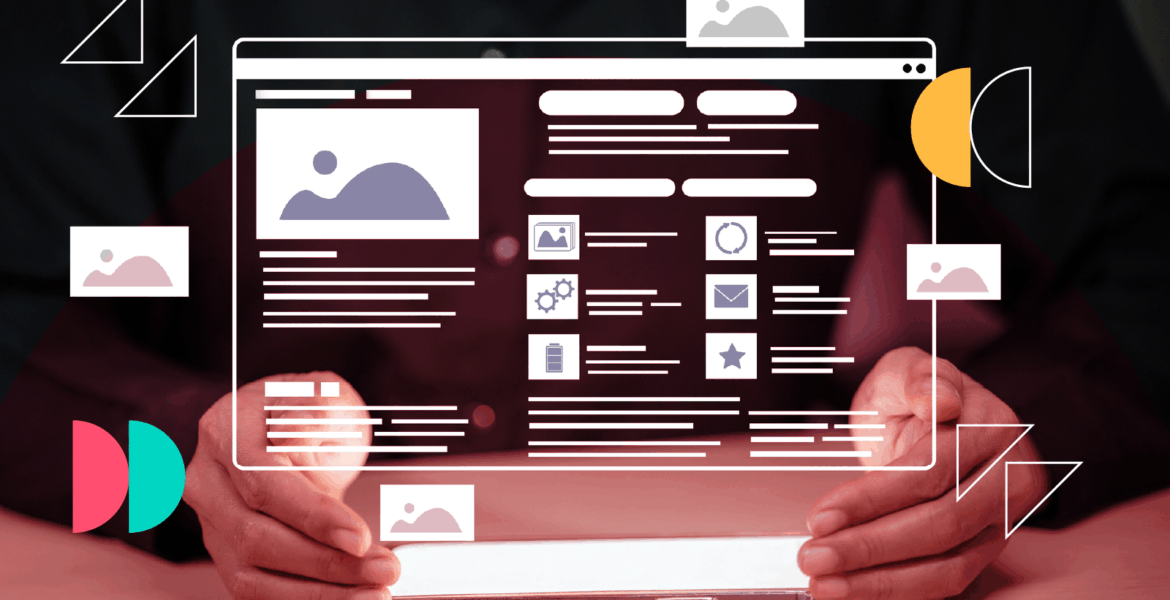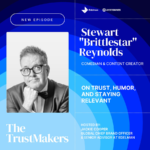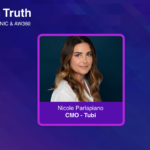By Danielle Varvaro, CRO, Newsweek
In a digital media environment, legacy publishers can seem to be at a disadvantage. But that narrative is outdated. In reality, the modern media landscape presents an opportunity for heritage publishers to reassert their influence, not by clinging to nostalgia, but by strategically leveraging their assets in service of a new kind of media ecosystem.
The catalyst is a flywheel architecture that fuses authoritative content, convening experiences, and intentional partnerships into a virtuous cycle—accelerating brand relevance, stakeholder trust, and enterprise value.
Legacy publishers have always known how to tell stories. But today, storytelling alone isn’t enough. To thrive, they must also engineer how that story is experienced across platforms, formats, and communities. That’s why leading publishers are moving beyond traditional formats and building integrated strategies that connect print, digital, and live events into a cohesive experience for consumers and brands. Brand activations around events and topics like AI, healthcare, and cybersecurity have become critical moments for building trust, driving partnerships, connecting with community, and deepening engagement with key decision-makers.
Take the concept of the “flywheel.” Unlike the traditional marketing funnel – where awareness leads linearly to conversion and stops – the flywheel is circular. It reflects the reality that modern brand activation is continuous, multi-touch, and rooted in trust. For publishers, this means using editorial authority to seed interest, providing curated rankings and lists to drive social proof, and hosting events to close the loop with decision-makers. Each element reinforces the others, spinning the flywheel faster with each rotation.
Consider the power of live events: When structured well, they become concentric circles of influence. At the core: C-level executives and public-sector leaders discuss topics such as the future of cities or the ethical implications of AI. Around them: policymakers, academics, investors, and B2B marketers, all drawn into a shared moment that transcends a single article or ad buy.
Crucially, this approach supports revenue diversification for publishers. Relying on ad sales or subscription alone is risky. By building a flywheel that incorporates premium sponsorships, custom content, executive lists, and editorial-aligned activations, legacy publishers can future-proof their businesses. They become conveners, curators, and catalysts.
In the B2B space, this integrated strategy is especially powerful. B2B brands are looking to shape a conversation, influence an industry, and embed themselves in professional communities. By offering a platform that does all of the above – across sectors such as AI, health, sustainability, and mobility – publishers can turn their heritage into a competitive advantage.
The moment is ripe. Fragmentation has become the norm. In this chaos, trusted legacy brands can stand tall – but only if they evolve. The playbook for survival is about flywheels and relationships. It’s about showing brands not just how to be seen, but how to be remembered, respected, and embedded into the professional culture that drives real-world change.
Legacy doesn’t have to mean lagging behind. In fact, when aligned with a modern B2B strategy, it can mean leading the way.











